A fire safety audit at the New County Hotel in Perth ordered 21 improvements be made just three weeks before a blaze which killed three people and a dog.
The report listed eight areas of concern, with the issues to be addressed within 28 days.
It followed an inspection on December 12, three weeks before the fatal fire at the hotel on January 2 in which three people – understood to be two women and a man – died, as well as a dog.
Their identities are yet to be confirmed.
The audit by the Scottish Fire and Rescue Service (SFRS) said existing fire safety arrangements were not considered appropriate.
It also revealed issues with emergency lighting, fire doors and escape routes at the County Place hotel.
It is not known what improvements, if any, were made between the report being sent to the hotel on December 16, and the fire in the early hours of Monday morning.
Rashid Hussain, director of Perth Hospitality – which owns the hotel – did not respond to multiple requests for comment.
Eight areas of concern were listed in the audit, each highlighting issues to be addressed.
The Courier has listed these issues below, with quotes from the report:
1 – Fire safety risk assessment
The fire risk assessment should be reviewed and any required changes made to ensure continued compliance with fire safety legislation
2 – Testing and maintenance
• Emergency lighting system should be serviced and inspected by a competent person and any defects rectified
• Emergency lighting system should be tested monthly and results recorded
3 – Means of escape
Following a recent inspection of the emergency lighting system, the report identified deficiencies and recommended system upgrade.
These deficiencies should be addressed so the premises should be provided with lighting in escape routes to ensure in the event of a fire, illumination is provided to assist in escape and to aid staff in implementing the emergency fire action plan.
They included:
- Equipment defects
- Inadequate coverage in areas such as the kitchen, front entrance and rear of building
- Issues affecting periodic testing of the system.
4 – Fire doors
An inspection of fire doors found various doors did not provide the correct fire resistance.
For example:
- Fire doors missing strips and seals
- Fire door from kitchen to stairwell missing rebate, strips and seals
- Confirmation required the fire resistance is equal to the compartment boundary it forms part of
- Cross corridor door on second floor with only two hinges and not closing due to catching on carpet
- Door to boiler room not closing on to rebate and missing strips and seals
A survey of all doors identified as fire doors should be carried out to confirm they meet the required fire resistance and display the appropriate signage as required.
5 – Measures to prevent risk from fire
- Recommendation is made that a competent person should inspect the electrical mains installation within the premises at suitable intervals
- The periodic gas safety inspection of the boilers had been completed but no supporting documentation was available at the time of the audit
- Though information at the time of the audit indicated the kitchen gas appliances are no longer in use, it is recommended a suitably qualified person/organisation is consulted regarding requirements for periodic gas safety inspections
6 – Measures to prevent spread of fire and smoke
- With regard to stairwell between the first and second floor, where the integrity of walls or ceilings has been breached, fire resistance should be assessed and if required reinstated
- With regard to boiler plant and electrical supply intake rooms, where the integrity of walls or ceilings has been breached, fire resistance should be assessed and if required reinstated
- Air transfer grills in the bar and reception may allow the passage of smoke and fire to the first floor and fire may spread unchecked. A survey should be carried out
- Each floor separating a storey within a premises used for sleeping accommodation should be a compartment floor with the fire resistance required to prevent the spread of fire to or from another part of the same building. Compartmentation can be compromised by the installation of pipework and cabling which has passed through walls and floors and where plaster/plaster board has been breached. A survey should be carried out to ensure the required fire resistance.
7 – Fire warning and detection system
Due to false alarms caused by accidental/malicious activation of manual ‘break glass’ call points, it is recommended hinged covers are installed on manual call points in public/guest access parts of the building.
A hinged cover on a call point can be a deterrent where there is potential for malicious operation or accidental damage.
8 – Fire drills
Fire drills should be carried out periodically to ensure all employees understand the emergency fire action plan, including all relevant personal evacuation needs, to:
- Confirm they are familiar with the operation of the plan
- Evaluate the effectiveness of the plan
- To identify any weaknesses in the evacuation strategy
This instruction and training should be recorded and endorsed by the employee’s signature.
A spokesperson for SFRS declined to comment on the report due to an ongoing investigation into the fire.
It has emerged just days after Deputy First Minister John Swinney said he was “concerned” about issues reported by guests in the weeks leading up to the fire.
Asked about posts on sites like Tripadvisor and Booking.com, the MSP for Perthshire North told The Courier: “I’ve seen some of these points been raised.
“These issues raise concerns, that’s why it’s important that we have a full, proper and comprehensive investigation as there always is in the circumstances where there is a fatality involved.
“Fire death is relatively rare within Scotland, which means that when it happens it’s just altogether and more deeply shocking and has to be properly understood and examined.”
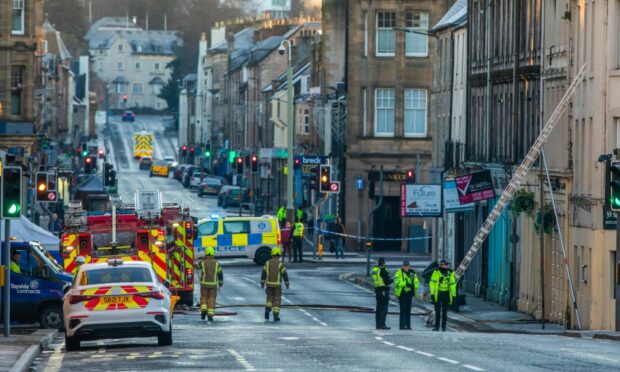
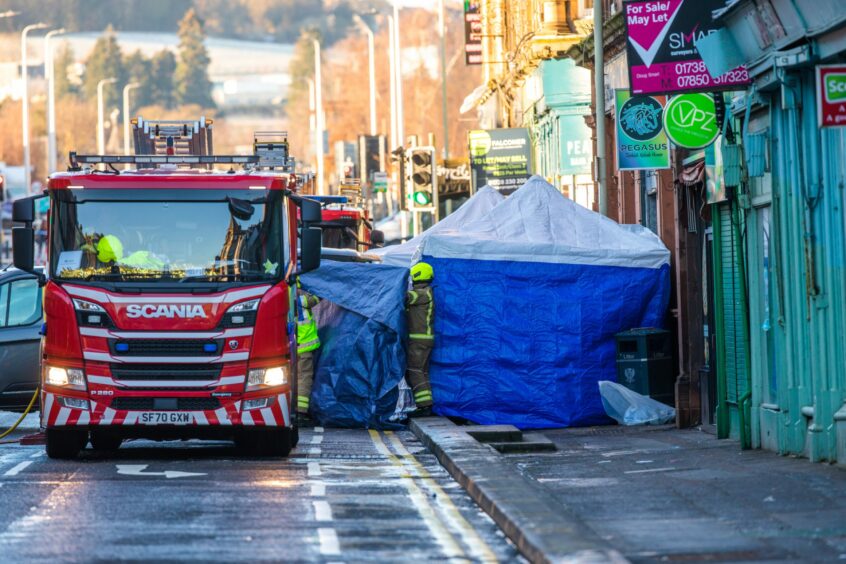
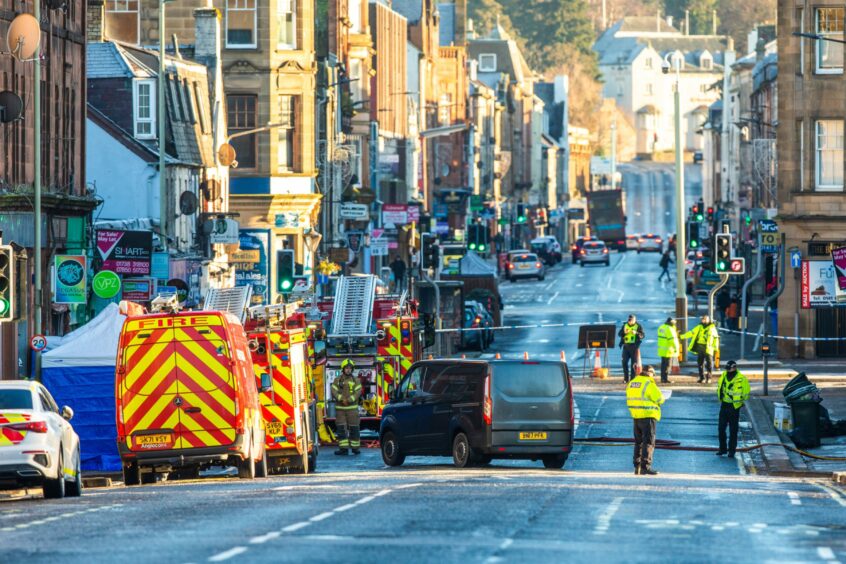
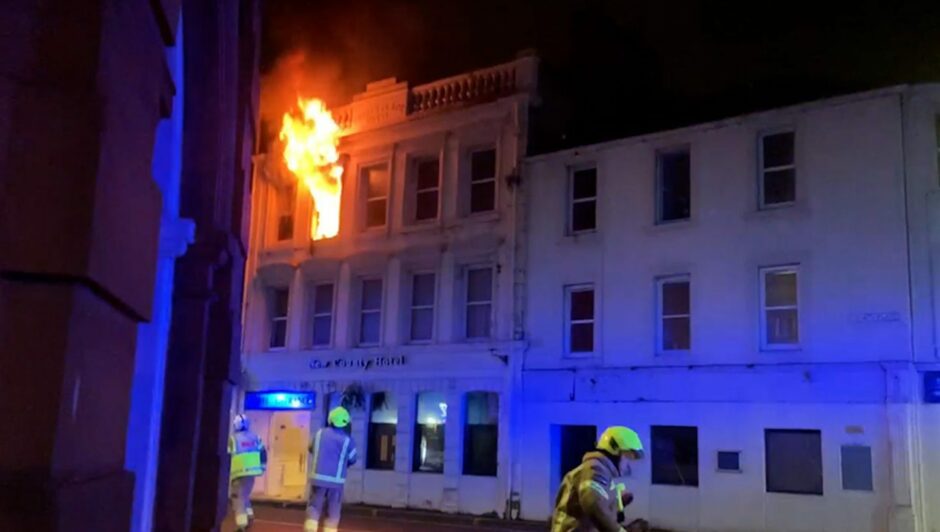

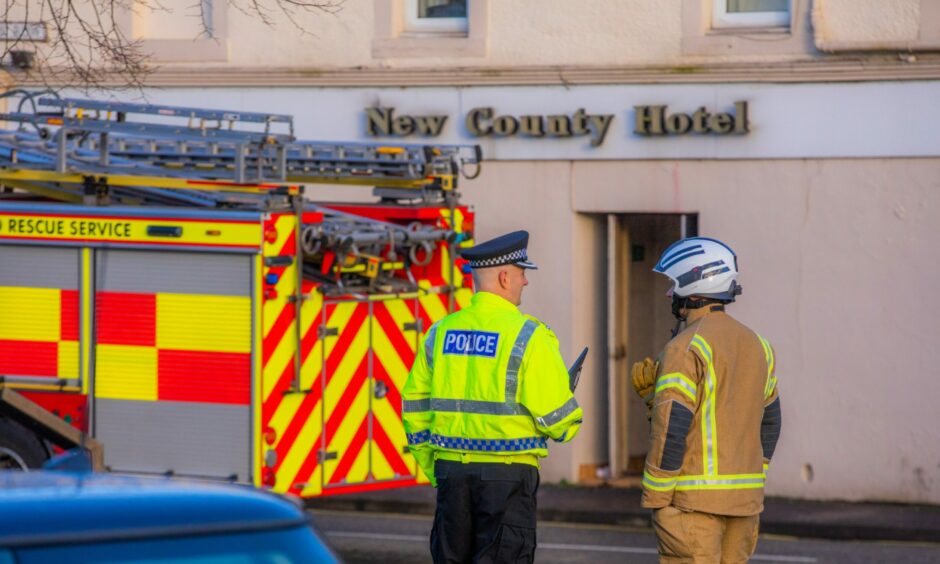
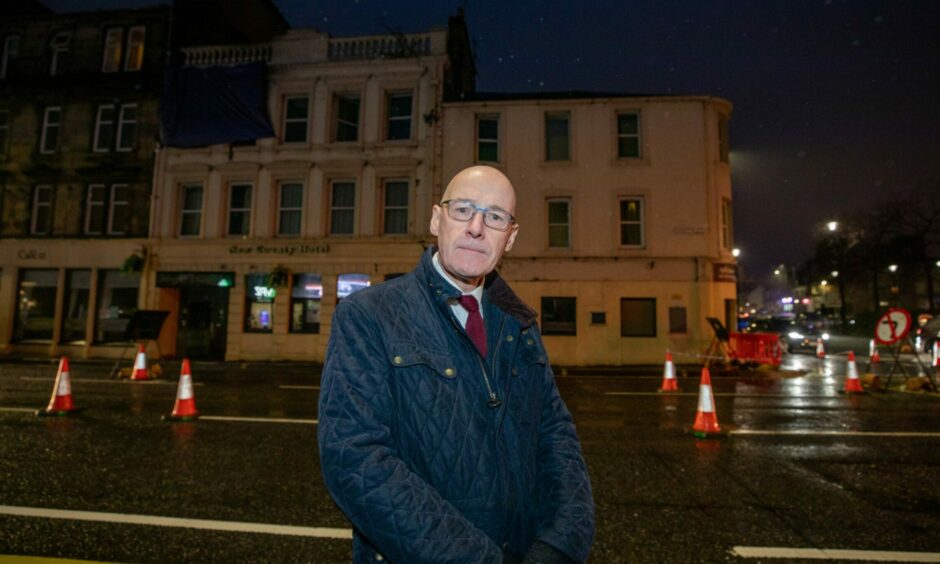

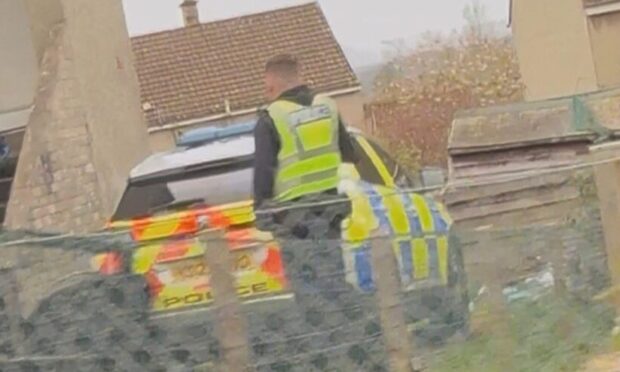


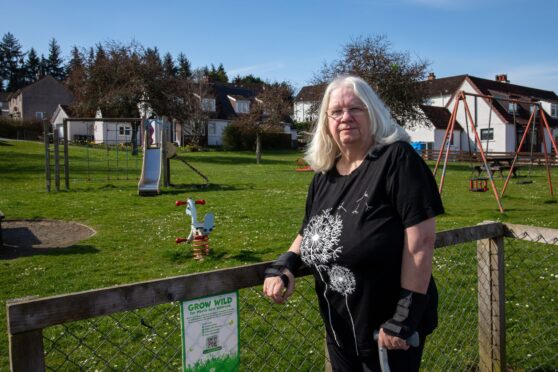


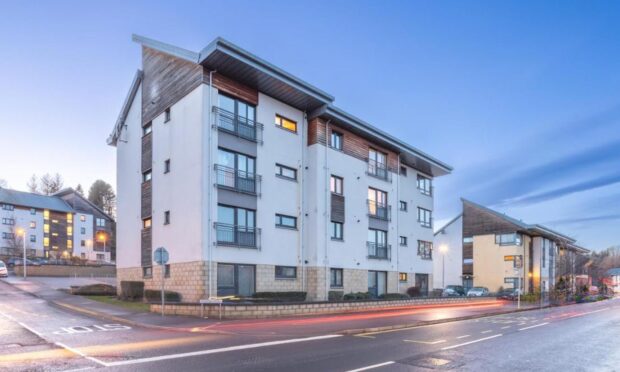

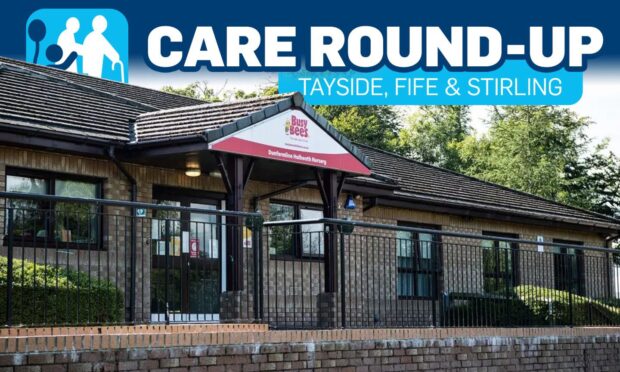
Conversation